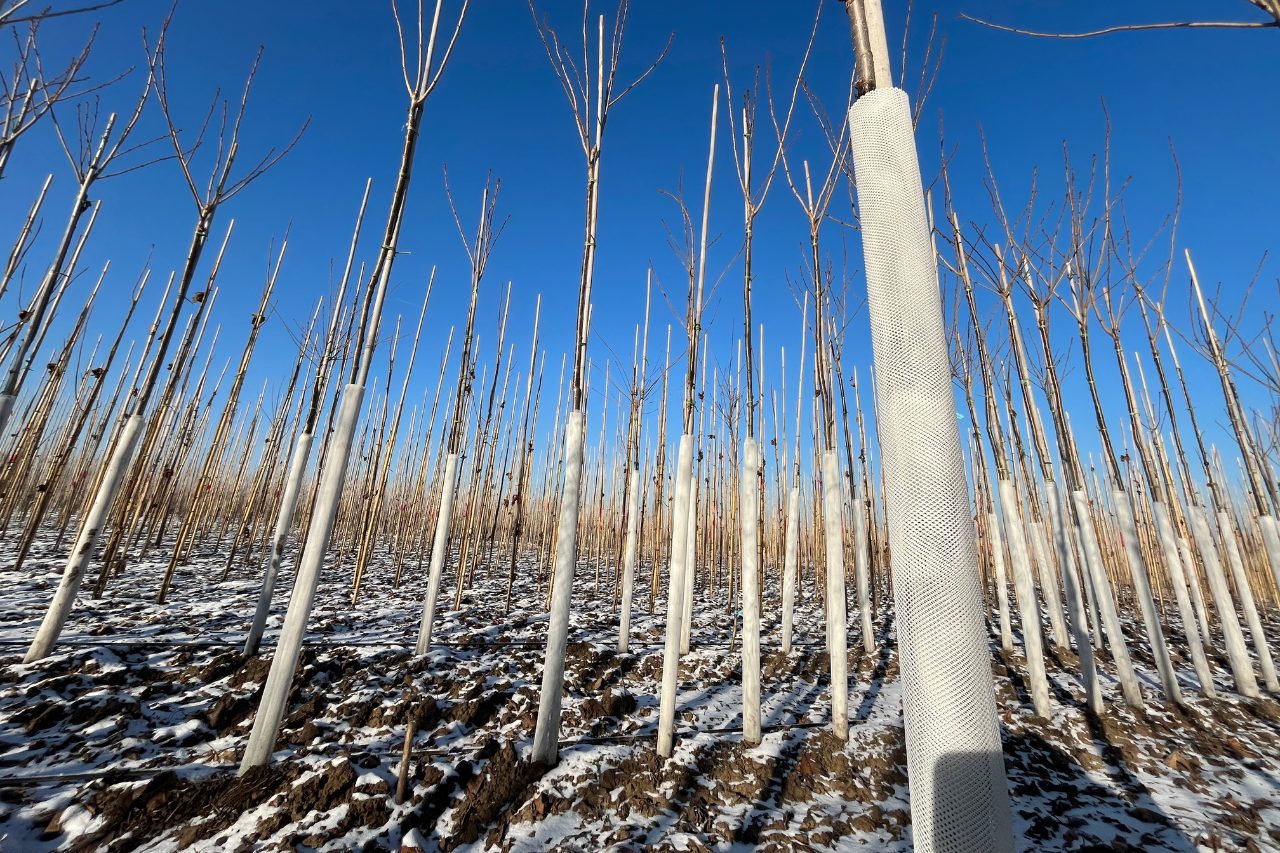
Fighting Off Winter Damage: White Tree Guards
Winter protection should always be the next step when planting a sapling in autumn. Older trees may be able to recover from frost damage on their own, but young saplings are more susceptible to frost damage — which can often be lethal. Luckily, solutions exist to help trees make it through the winter. White tree trunk guards are one of them.
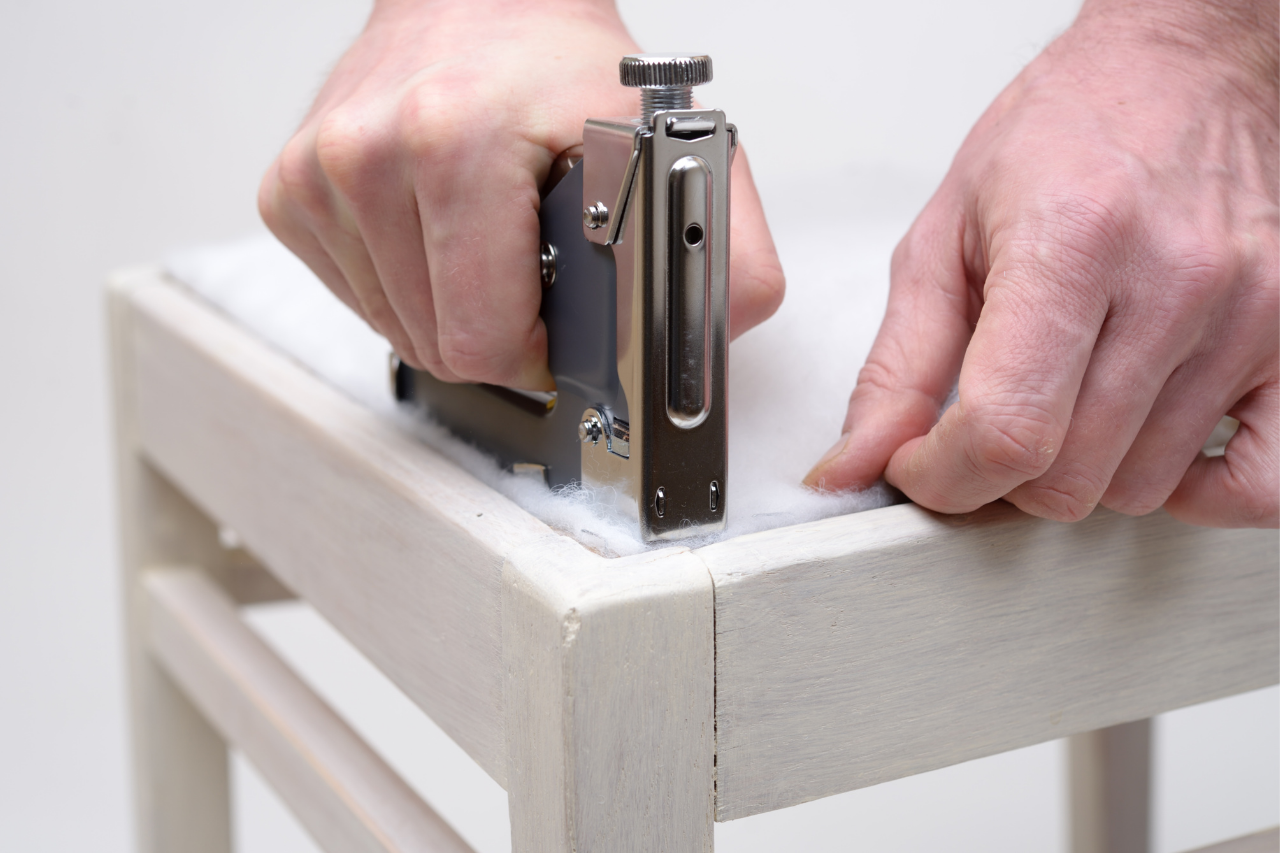
Nonwoven Fabrics in Upholstery & Furniture Manufacturing
Invisible on the outside, nonwoven fabrics are an essential part of nearly any seating furniture. Upholsterers couldn’t imagine working without nonwovens which are indispensable to keep padding in place — and to cover seams and other unsightly technical details. Making the piece of furniture clean and elegant from all sides. Even when upside down.
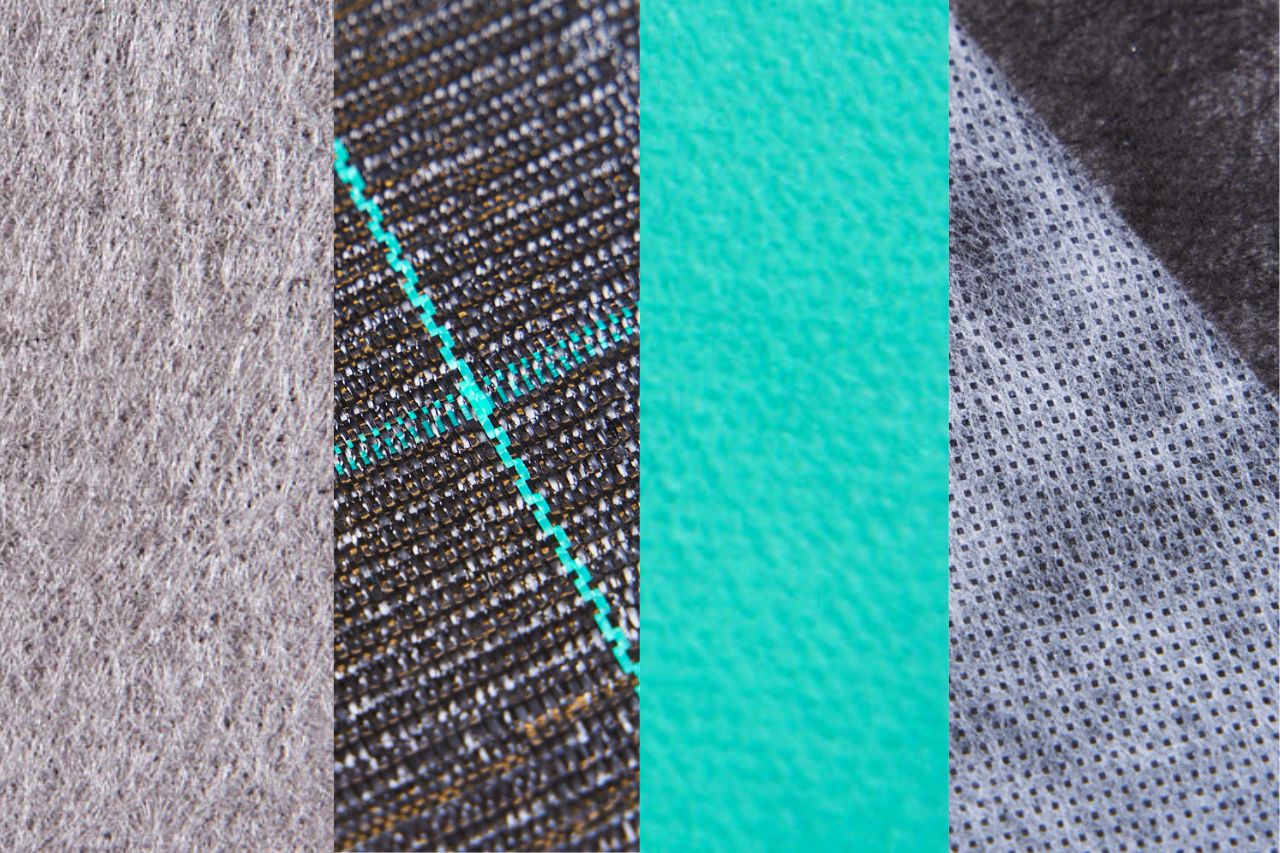
Types of Technical Textiles and How to Use Them
When shopping for technical textiles, you should practice a totally different approach as opposed to choosing fabrics for clothing and decoration purposes. The look of technical textiles is secondary — it’s their properties that matter the most.
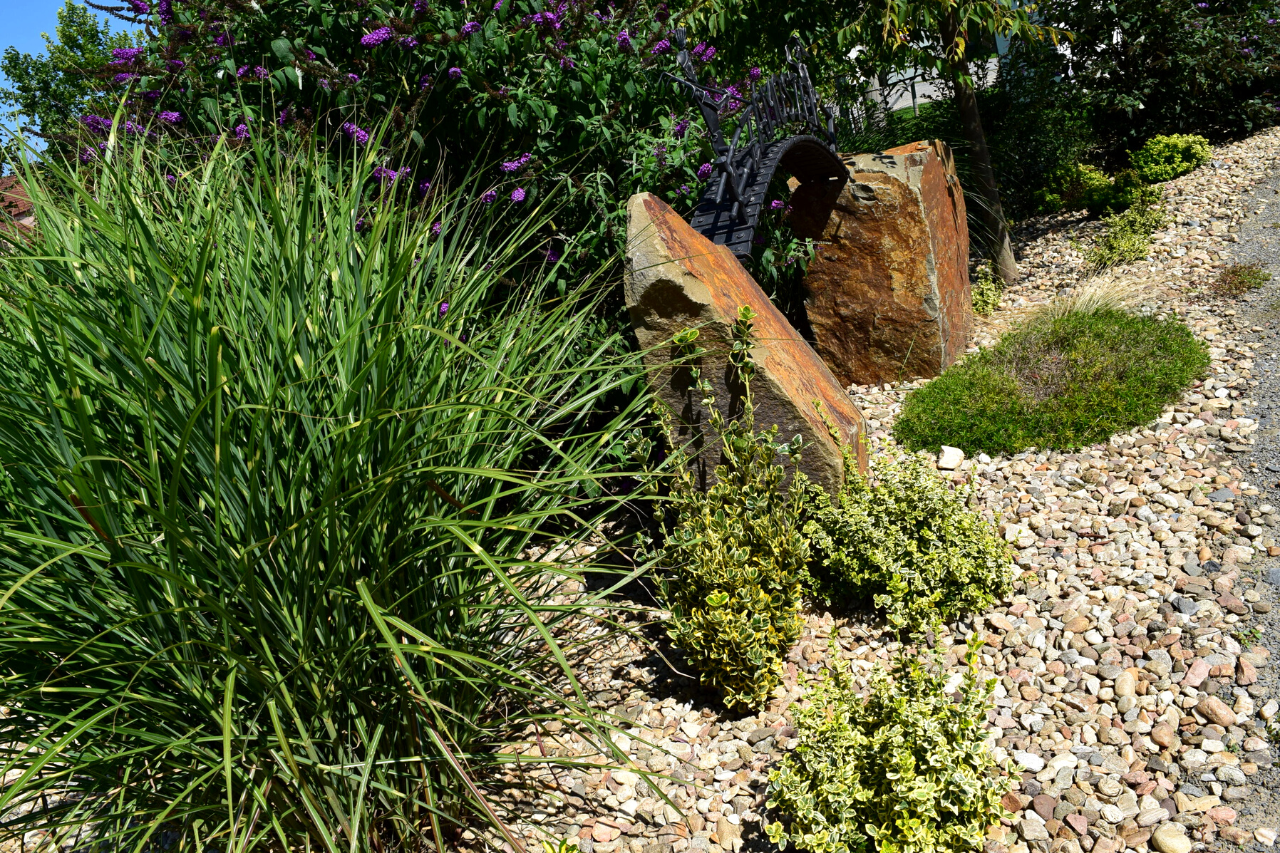
How to Pick Landscape Fabric for Mulching. Consider These 4 Factors
Every gardener’s dream: Thriving flower and vegetable beds that don’t require much time to keep weeds at bay — one of the main reasons why mulching is so popular. How to approach mulching, and is it the best idea to use landscape fabric as a base layer?
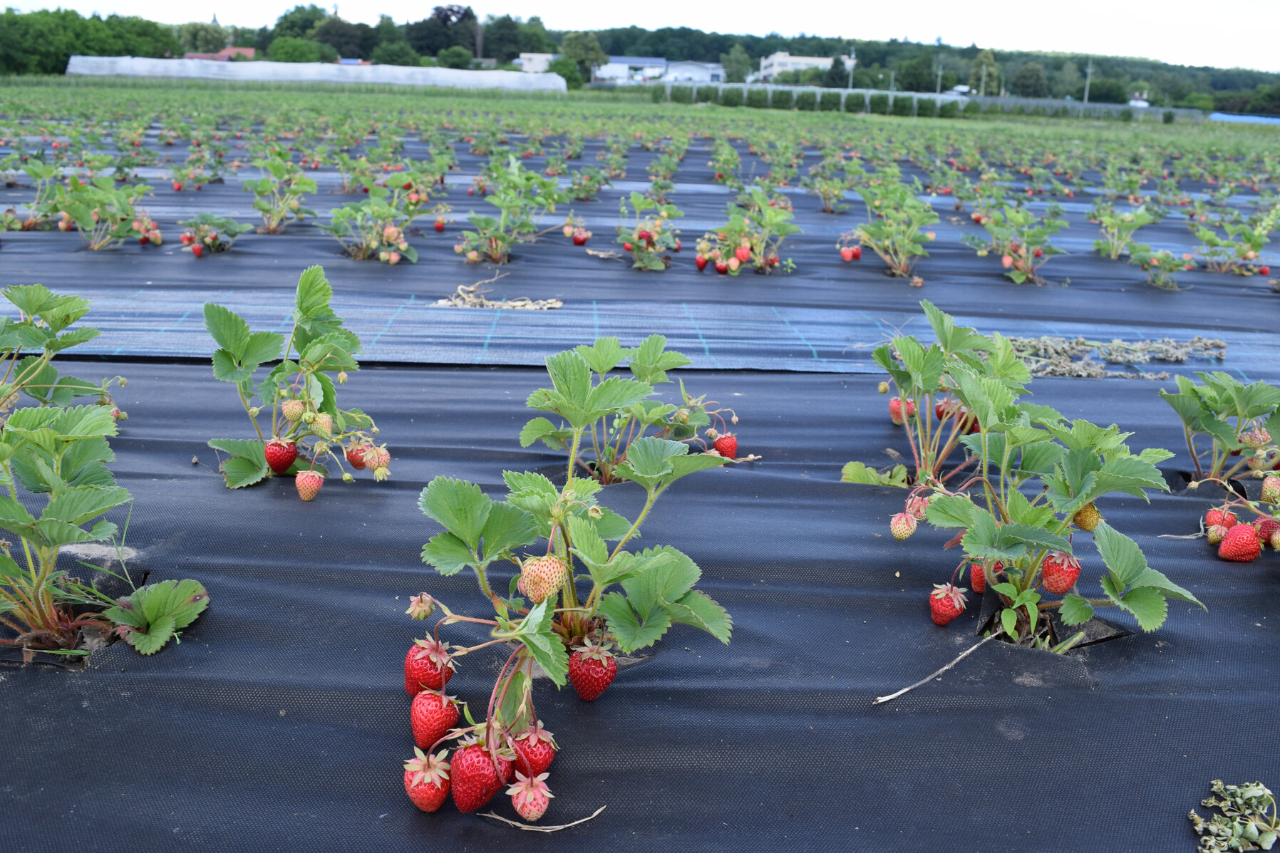
Growing Strawberries With Nonwovens: Methods and Ideas for Farmers
Cut down costs and maintenance time with nonvowens. Large strawberry farms swear by them as they work well for both in-ground and mound planting methods. We visited two of our customers who we supply with nonwoven fabrics for strawberry fields — and we have documented their process of planting and growing strawberries. Here’s how.
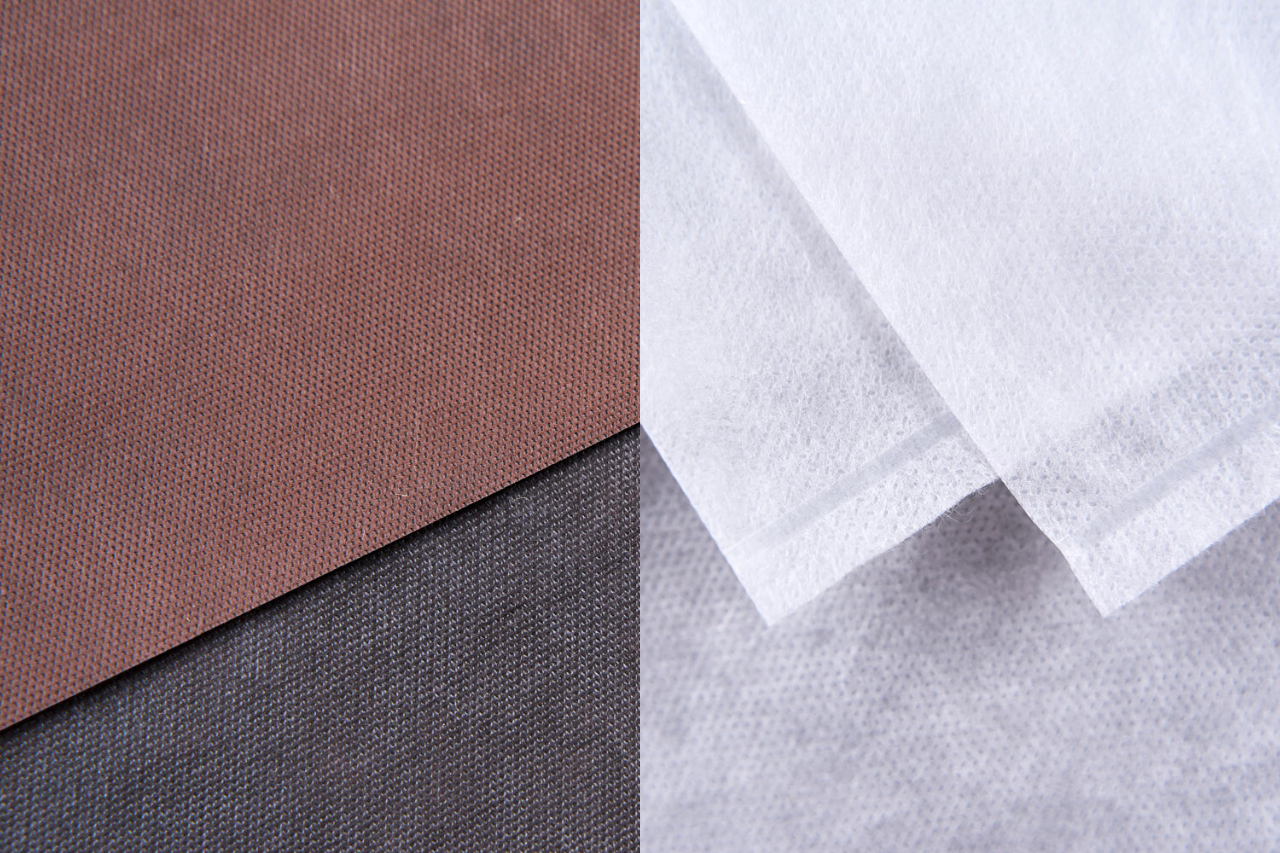
Nonwoven Fabric Weight: Factors to Consider When Choosing Nonwovens
The higher GSM (grams per square metre), the better? Not necessarily — it always depends on the purpose of your fabric. Let’s have a closer look at the weight of nonwoven fabrics for Home & Garden and of nonwovens used as packaging materials or for industrial processing.

Vertical Garden: Support Nettings for Healthy Crops and Easy Harvest
Vertical arrangement of vegetable and fruit plants is the most space-efficient one — vertical gardens are a popular solution for growing gherkins, sweet peas, pole beans, tomatoes, and kiwis in warmer climates.

Labels and Packaging for Nonwoven Fabric and Plastic Mesh Products
Mulching fabric, garden screens, support netting for vegetables, and many other products come out of our production and we ship them to our clients (mainly home & garden suppliers). Ordering a Milmar product guarantees you complex services — including packing and labelling.
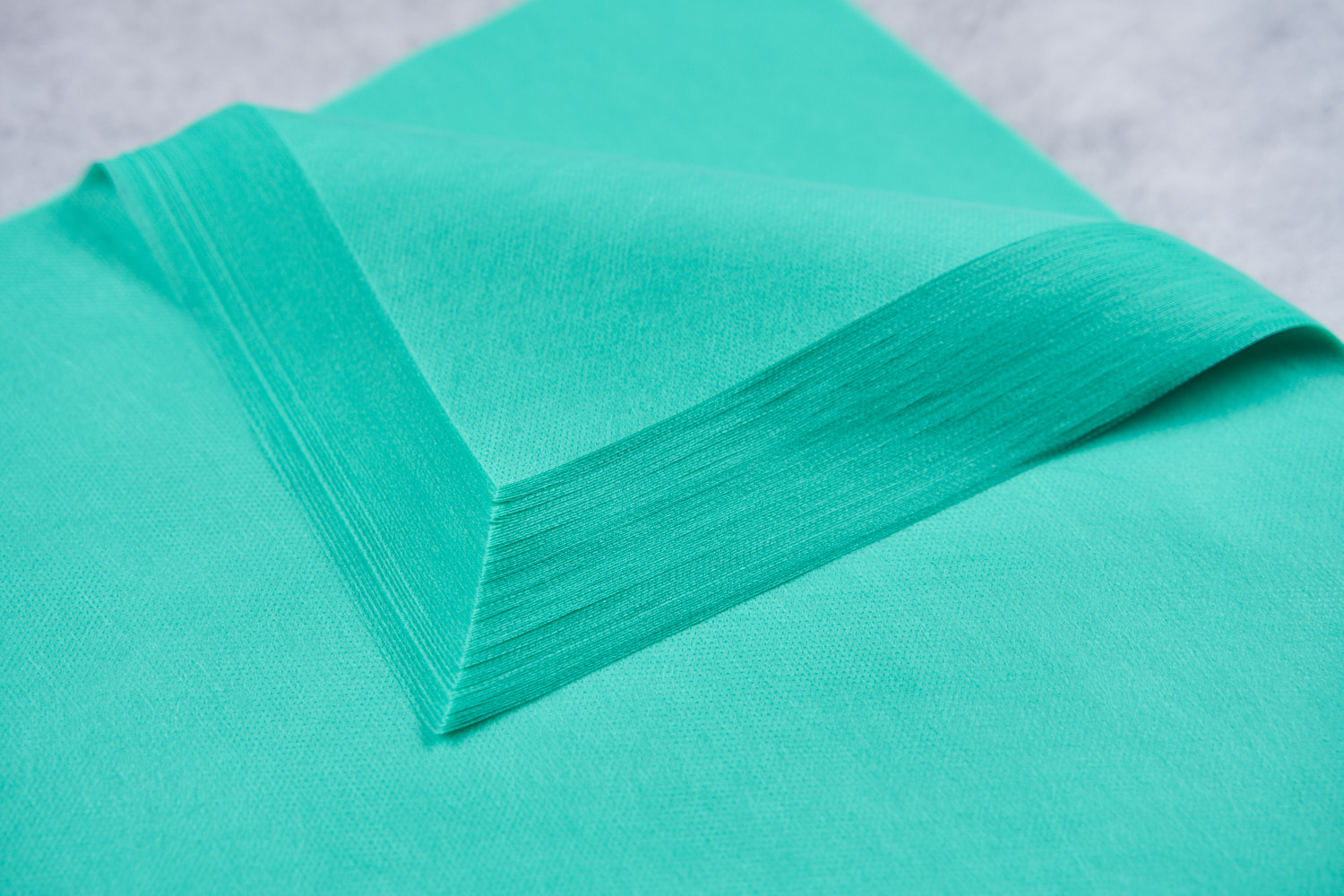
Spunbond Nonwoven Fabric: The Manufacturing Process
Spunbond is one of the basic methods of nonwoven fabric manufacturing. Spunbond nonwovens are a popular fabric in farming, construction, engineering, and health care.
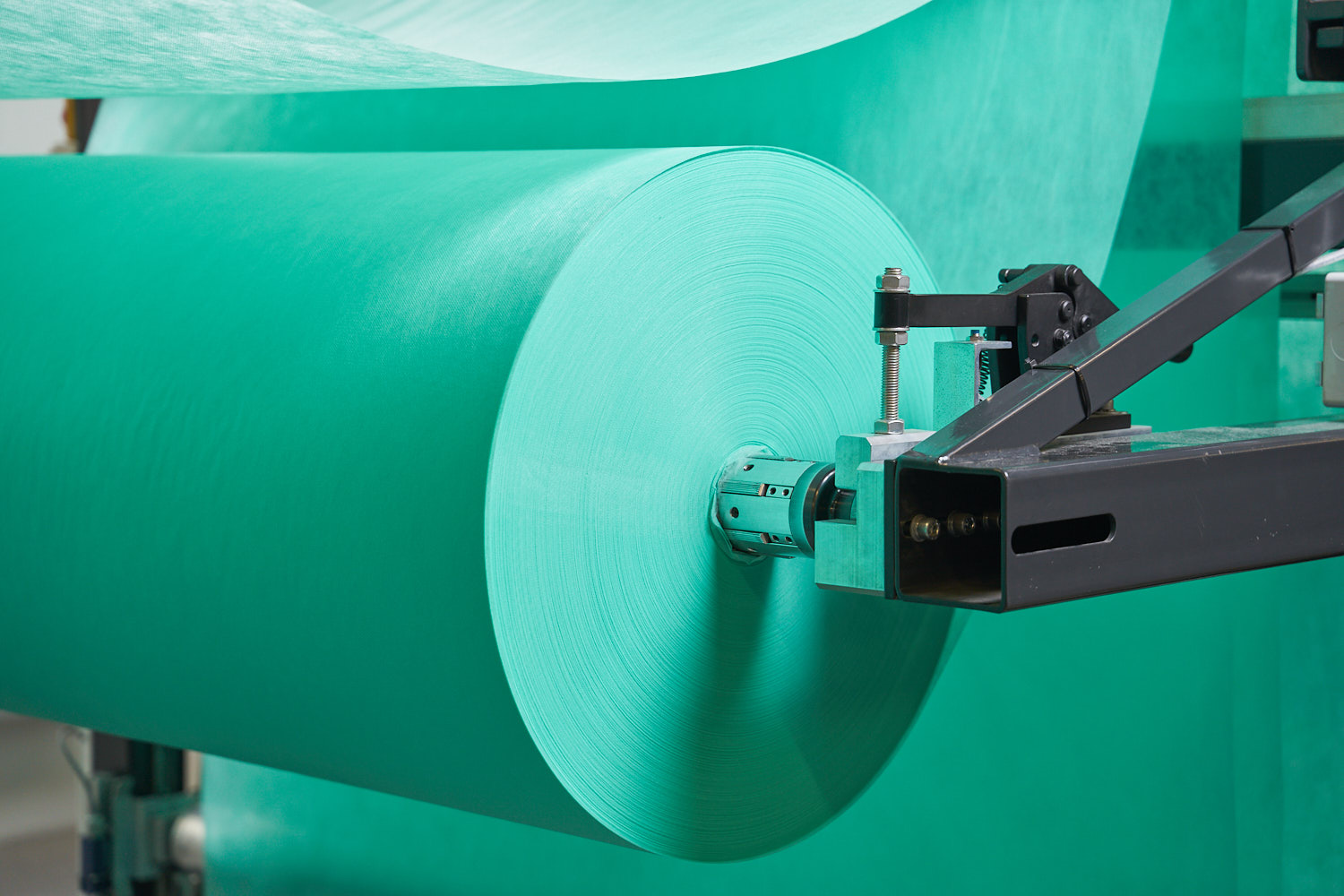
6 Nonwoven Solutions for Production Facilities
Filters and fibreglass covers made of nonwovens. Two examples of how useful and practical nonwoven fabrics are. Read more about their versatile application in manufacturing, in the automotive or processing industry and get inspiration on how to employ nonwovens and reduce packaging costs. One of the main benefits of nonwovens is their low price, compared to other packaging solutions.